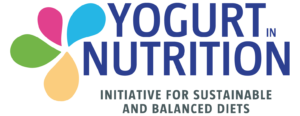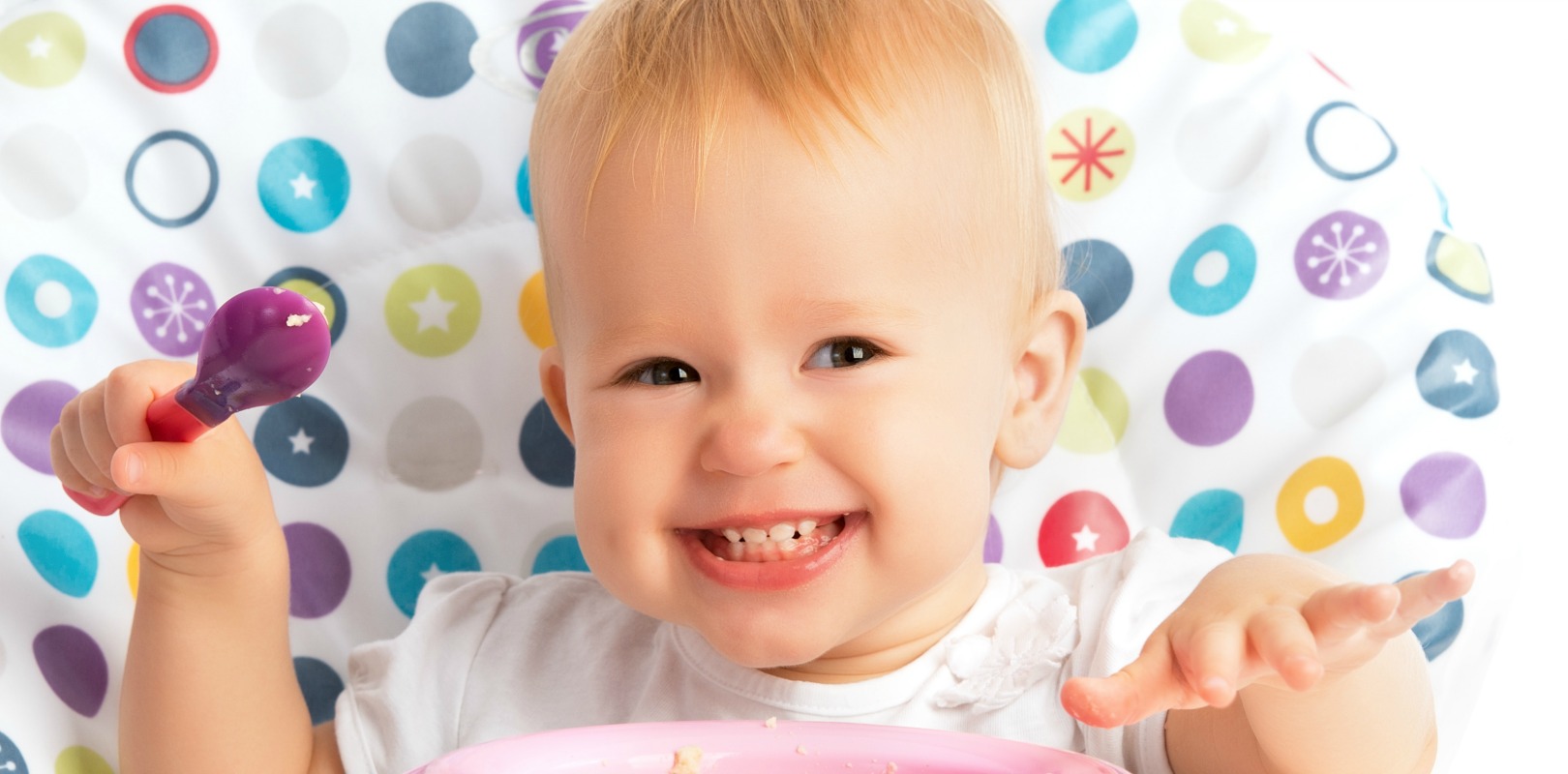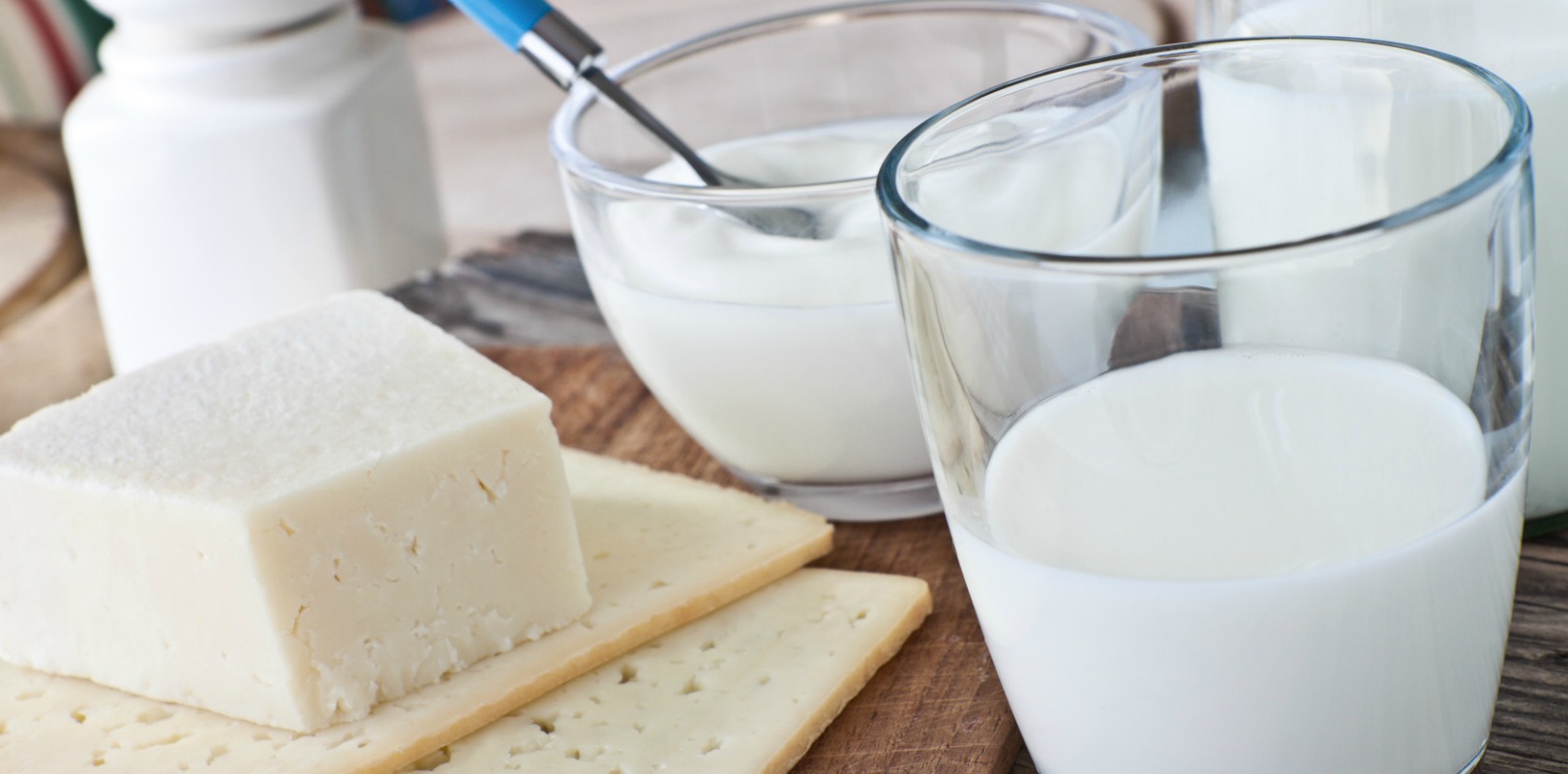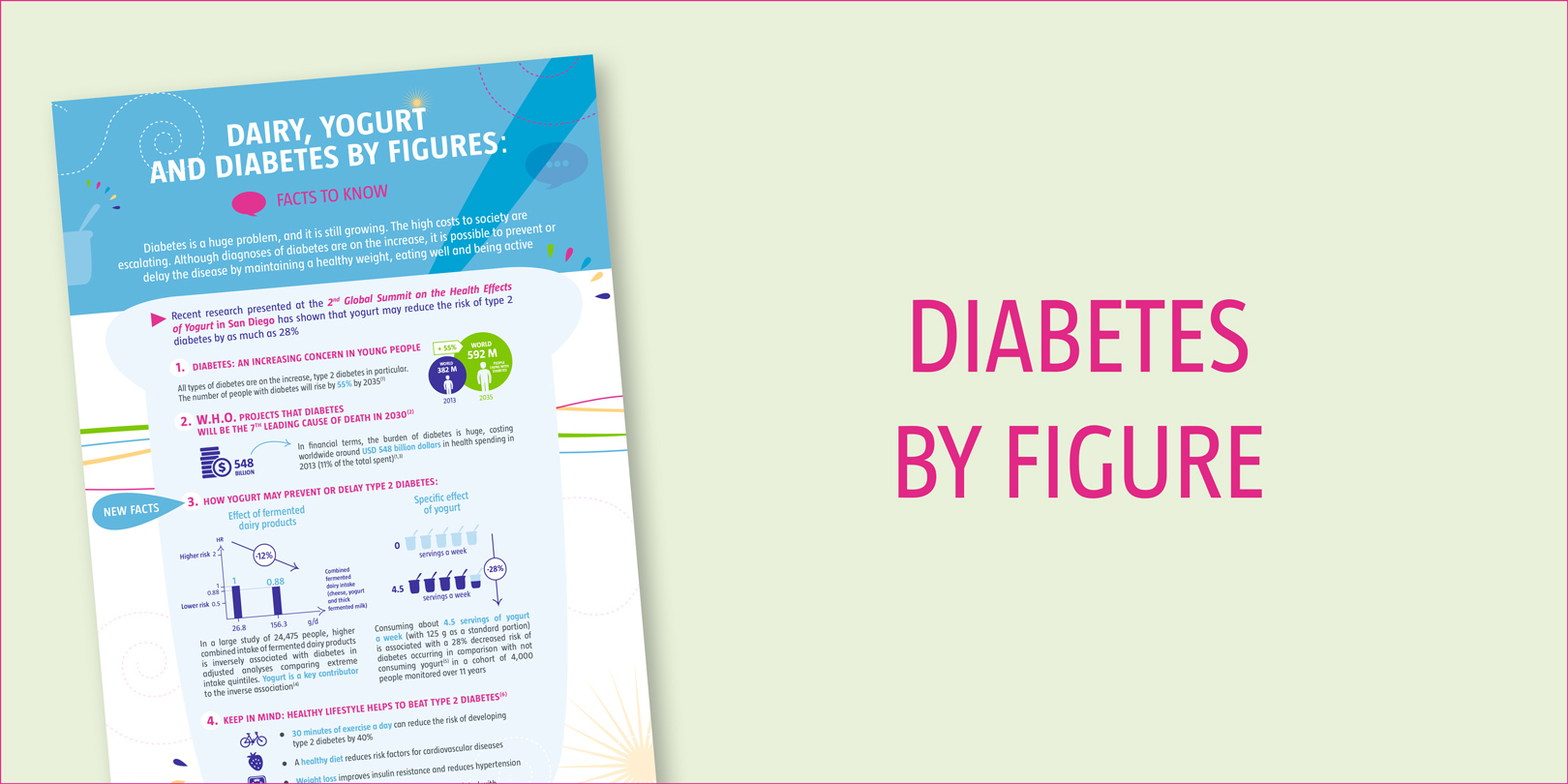A high intake of yogurt has been found to be associated with a lower risk of developing type 2 diabetes, according to research published in open access journal BMC Medicine. This highlights the importance of having yogurt as part of a healthy diet and confirms results of other recent studies.
Researchers from Harvard School of Public Health pooled the results of three prospective cohort studies that followed the medical history and lifestyle habits of health professionals.
These studies were the Health Professionals’ Follow-up Study (HFPS), which included 51,529 US male dentists, pharmacists, vets, osteopathic physicians and podiatrists, aged from 40 to 75 years; Nurses’ Health Study (NHS), which began in 1976, and followed 121,700 female US nurses aged from 30 to 55 years; and Nurses’ Health Study II (NHS II), which followed 116,671 female US nurses aged from 25 to 42 years beginning in the year 1989.
At the beginning of each cohort study, participants completed a questionnaire to gather baseline information on lifestyle and occurrence of chronic disease. Participants were then followed up every two years with a follow-up rate of more than 90 per cent.
Participants were excluded if they had diabetes, cardiovascular disease or cancer at baseline. People were also excluded if they did not include any information about dairy consumption. This left a total of 41,497 participants from HPFS, 67,138 from NHS and 85,884 from NHS II.
Yogurt reduces the risk
Within the three cohorts 15,156 cases of type 2 diabetes were identified during the follow-up period. The researchers found that the total dairy consumption had no association with the risk of developing type 2 diabetes. They then looked at consumption of individual dairy products, such as skimmed milk, cheese, whole milk and yogurt.
When adjusting for chronic disease risk factors such as age and BMI as well as dietary factors, it was found that high consumption of yogurt was associated with a lower risk of developing type 2 diabetes. The authors then conducted a meta-analysis, incorporating their results and other published studies, up to March 2013, that investigated the association between dairy products and type 2 diabetes. This found that consumption of one 28g serving of yogurt per day was associated with an 18 per cent lower risk of type 2 diabetes.
Previous research has suggested calcium, magnesium, or specific fatty acids present in dairy products may lower the risk of type 2 diabetes. It has been shown that probiotic bacteria found in yogurt improves fat profiles and antioxidant status in people with type 2 diabetes and the researchers suggest this could have a risk-lowering effect in developing the condition. To confirm this observation, and investigate whether or not yogurt is causal in the lowering of risk, randomized controlled trials are needed.













